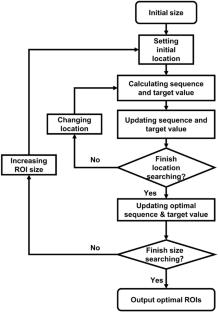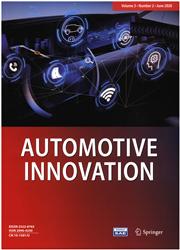Robust Identification of Road Surface Condition Based on Ego-Vehicle Trajectory Reckoning
Abstract
The type of road surface condition (RSC) will directly affect the driving performance of vehicles. Monitoring the type of RSC is essential for both transportation agencies and individual drivers. However, most existing methods are solely based on a dynamics-based method or an image-based method, which is susceptible to road excitation limitations and interference from the external environment. Therefore, this paper proposes a decision-level fusion identification framework of the RSC based on ego-vehicle trajectory reckoning to accurately obtain the type of RSC that the front wheels of the vehicle will experience. First, a road feature extraction model based on multi-task learning is conducted, which can simultaneously segment the drivable area and road cast shadow. Second, the optimized candidate regions of interest are classified with confidence levels by ShuffleNet. Considering environmental interference, candidate regions of interest regarded as virtual sensors are fused by improved Dempster-Shafer evidence theory to obtain the fusion results. Finally, the ego-vehicle trajectory reckoning module based on the kinematic bicycle model is added to the proposed fusion method to extract the RSC experienced by the front wheels. The performance of the entire framework is verified on a specific dataset with shadow and split curve roads. The results reveal that the proposed method can identify the RSC with accurate predictions in real time.


 求助内容:
求助内容: 应助结果提醒方式:
应助结果提醒方式:


